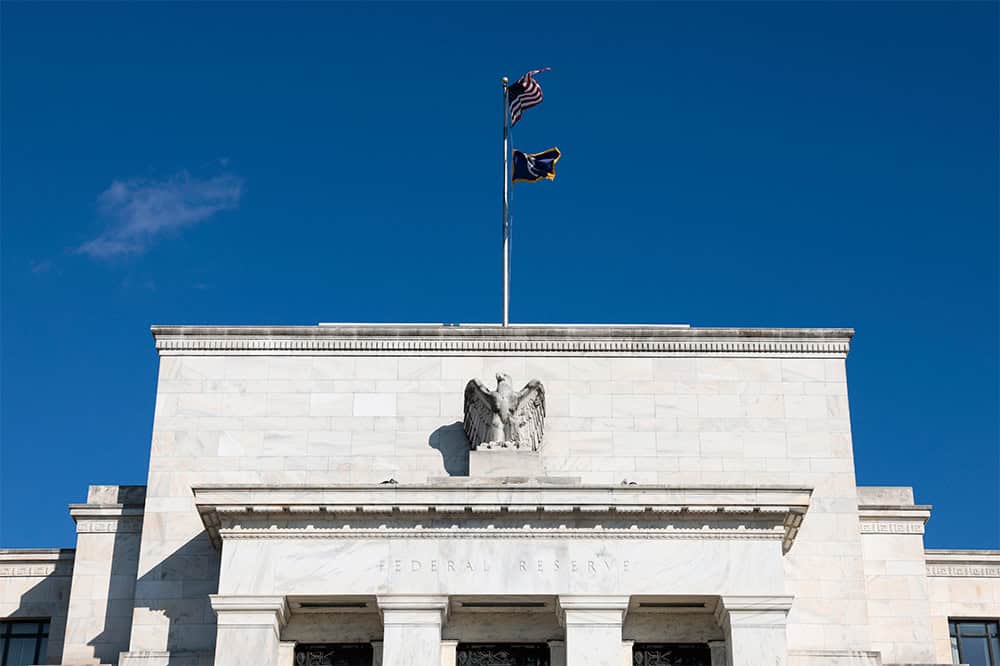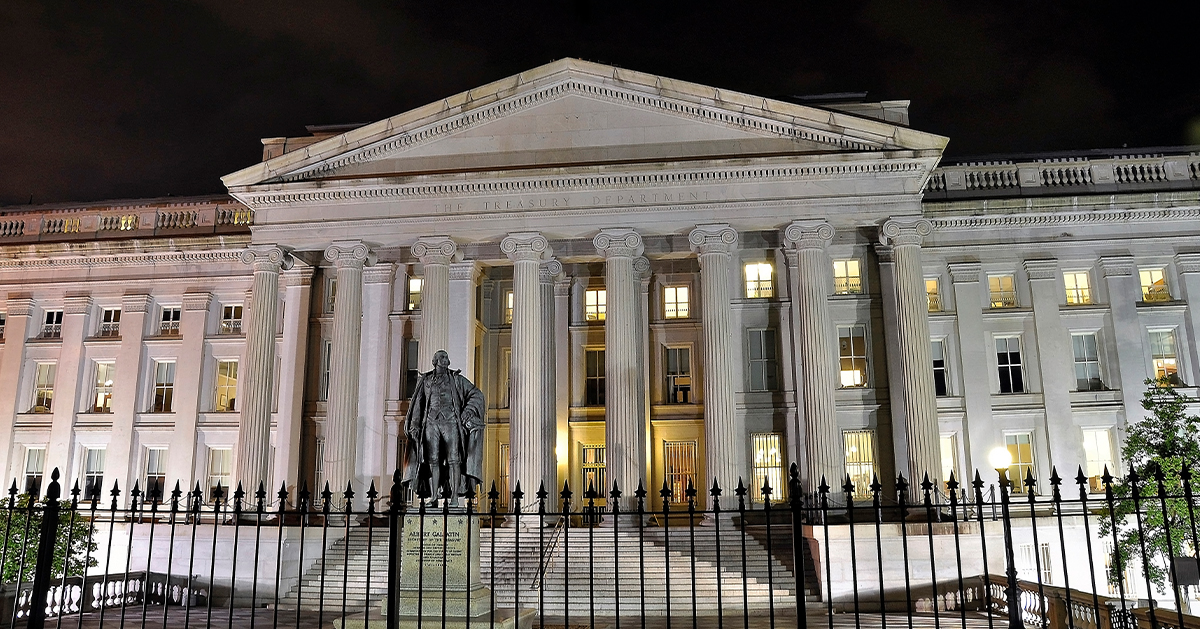Growing National Debt Sets Off Alarm Bells for U.S. Business Leaders
Last Updated April 21, 2025
Federal debt will soon eclipse its all-time high of 106 percent of gross domestic product (GDP), which was reached just after World War II. What is worse, the nation’s debt is projected to continue rising in the future due to a structural mismatch between federal spending and revenues. Debt rising unsustainably threatens the country’s economic future, and a number of business leaders have signaled their concern.
A survey conducted at the end of 2024 by the Conference Board, a non-partisan think tank that helps business leaders navigate global and domestic issues, queried over 1,700 C-Suite executives, including more than 500 CEOs, about risks to the nation’s economy. According to the report, 51 percent of U.S. CEOs see U.S. national debt and deficits as the greatest economy-related geopolitical risk for their businesses.
Statements from high-profile business leaders also align with the survey’s findings. Jamie Dimon, CEO of JPMorgan Chase, wrote in his annual letter to shareholders, “These large deficits are not sustainable . . . the sooner we deal with it, the better.”
When asked in a Bloomberg interview about what he is most worried about as CEO of Goldman Sachs, David Solomon responded, “the level of government debt.” He continued, “We need a set of policy decisions that help us deal with . . . the level of debt [and] the cost of that debt.”
Citadel CEO Ken Griffin wrote in his 2023 year-end letter to investors, “The surging U.S. public debt is a growing concern that cannot be overlooked.” He continued, “We must stop borrowing at the expense of future generations.”
Speaking with Axios, Bank of America CEO, Brian Moynihan, said, “We need our eyes and stomach aligned as a country. We’ve got to balance the budget like anybody, any company, any person, any household.” He argued that now is the time to make policy choices to reduce the debt as “we’re in relatively good times, and have been.”
Although the debt is approaching a historic level, there are many policy options available to steer our nation toward a more sustainable fiscal outlook. For example, for the 2024 Solutions Initiative, the Peterson Foundation convened seven leading think tanks to put forward comprehensive spending and revenue options that stabilize the debt and put the nation on a better path.
Image credit: Spencer Platt/Getty Images
Further Reading
What Is R Versus G and Why Does It Matter for the National Debt?
The combination of higher debt levels and elevated interest rates have increased the cost of federal borrowing, prompting economists to consider the sustainability of our fiscal trajectory.
High Interest Rates Left Their Mark on the Budget
When rates increase, borrowing costs rise; unfortunately, for the fiscal bottom line, that dynamic has been playing out over the past few years.
Debt vs. Deficits: What’s the Difference?
The words debt and deficit come up frequently in debates about policy decisions. The two concepts are similar, but are often confused.


